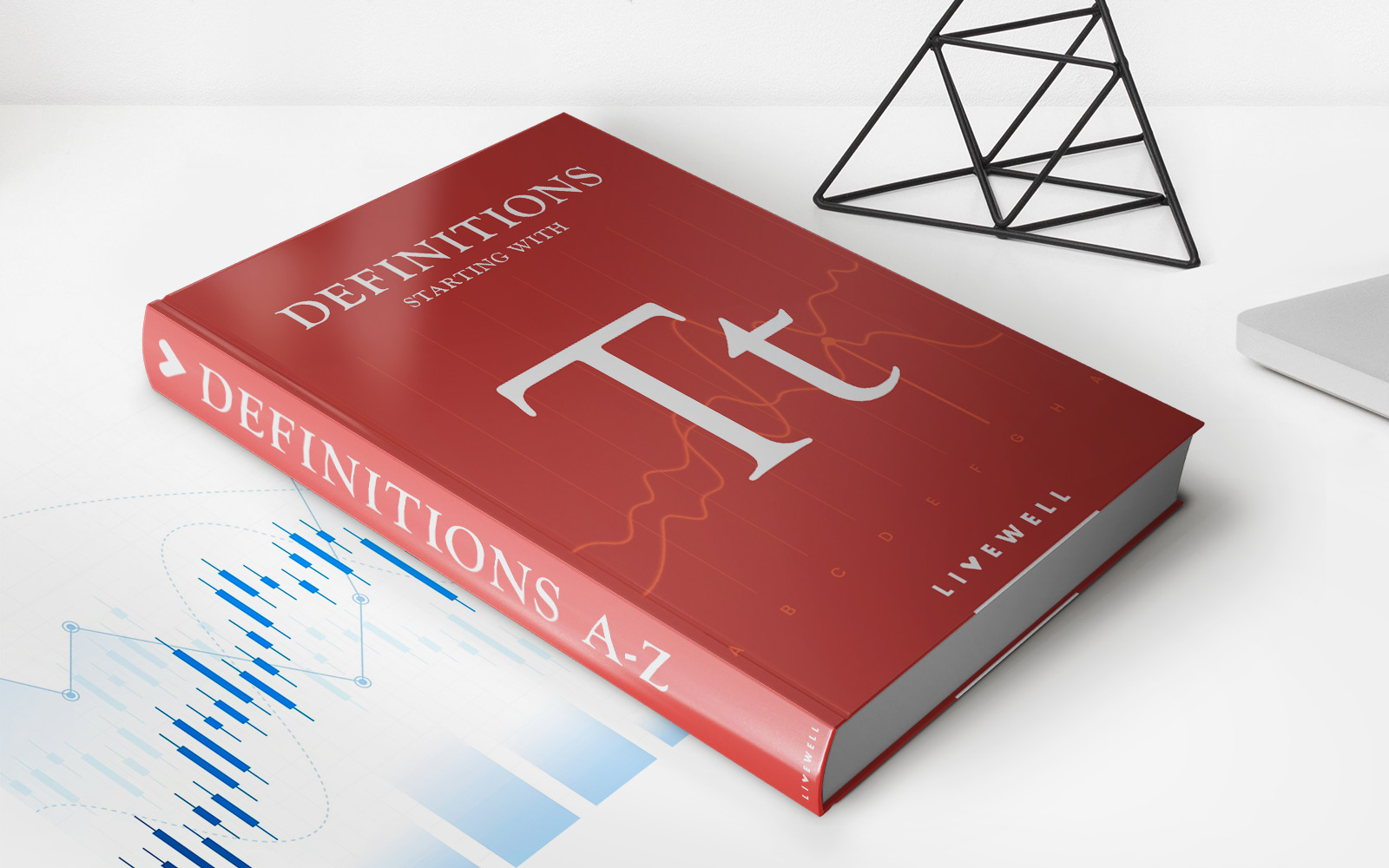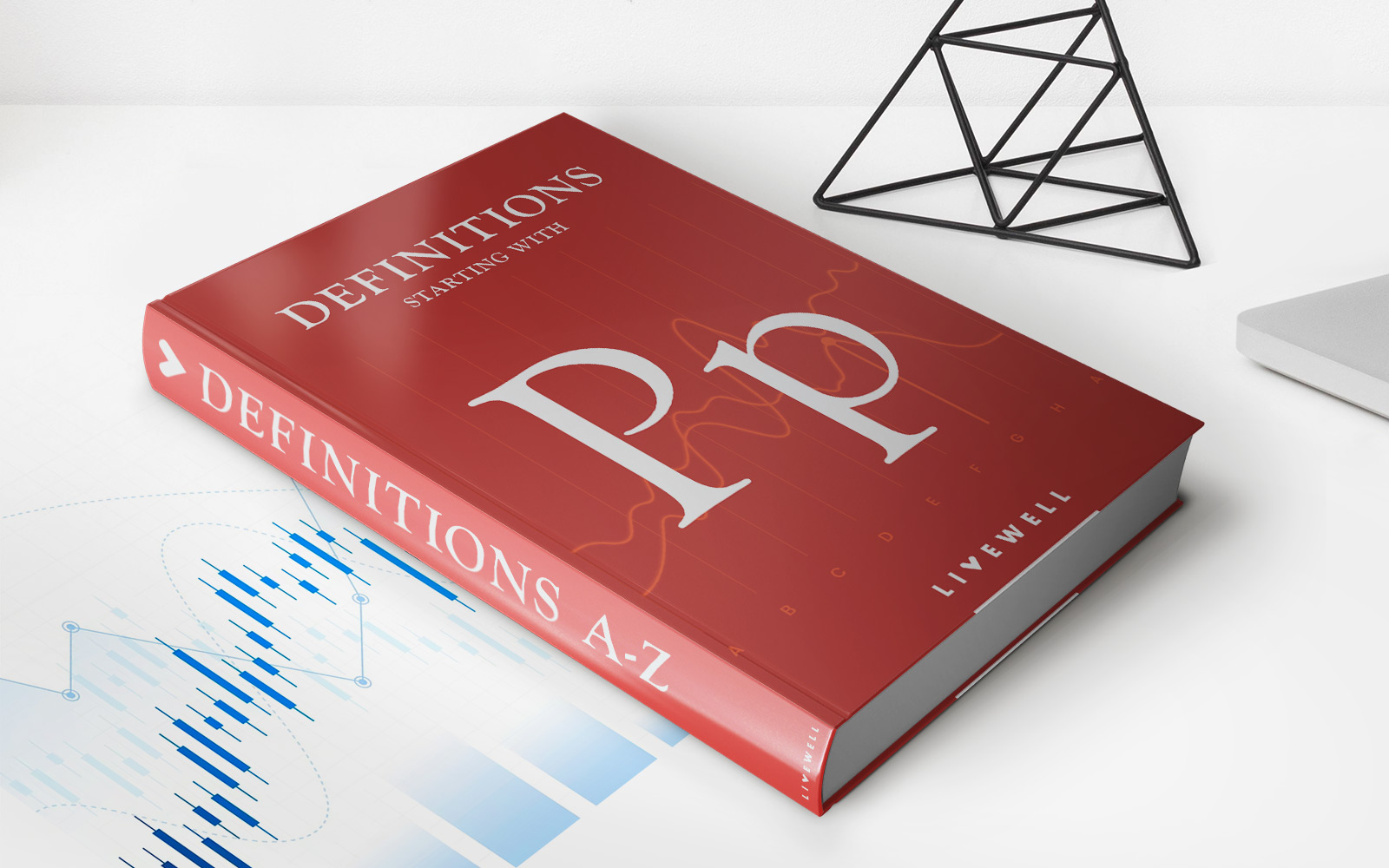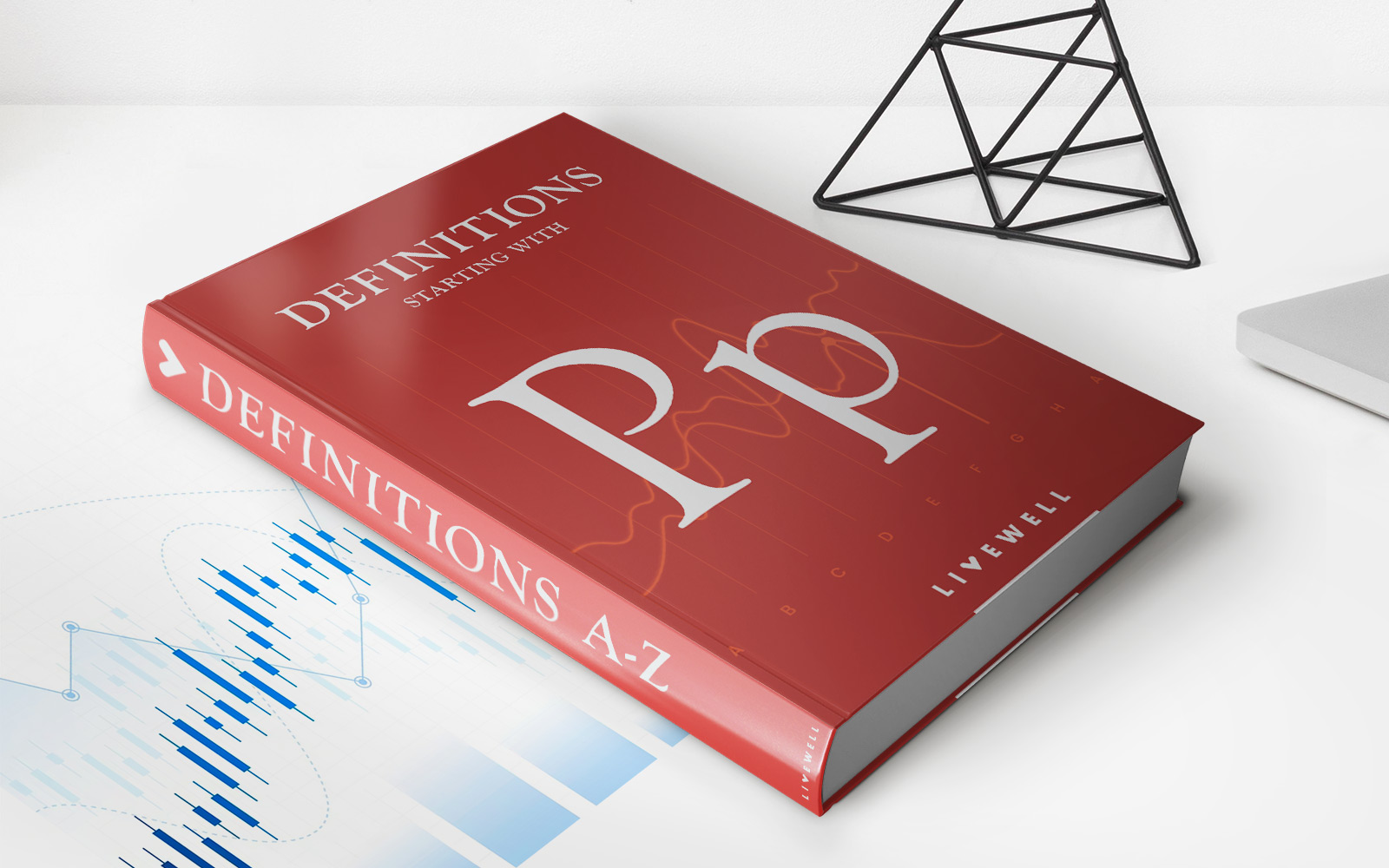

Finance
Transfer Of Physical Assets (TPA) Definition
Published: February 10, 2024
Learn about the definition of Transfer of Physical Assets (TPA) in finance and how it impacts various sectors.
(Many of the links in this article redirect to a specific reviewed product. Your purchase of these products through affiliate links helps to generate commission for LiveWell, at no extra cost. Learn more)
Transfer of Physical Assets (TPA) Definition: Everything You Need to Know
Welcome to the “Finance” category on our website! In this post, we will delve into one specific area of finance – the Transfer of Physical Assets (TPA). If you’re curious about what TPA entails and how it affects various financial transactions, you’ve come to the right place. By the end of this article, you’ll have a clear understanding of TPA and its relevance in the finance industry.
Key Takeaways:
- The Transfer of Physical Assets (TPA) involves the process of transferring real property or tangible assets from one party to another.
- TPA is a common practice in various financial transactions, such as mergers and acquisitions, real estate transactions, and asset-backed securities.
What is Transfer of Physical Assets (TPA)?
The Transfer of Physical Assets (TPA) refers to the transfer of real property or tangible assets from one party to another. This process encompasses a wide range of transactions in the financial industry, including mergers and acquisitions, real estate transactions, and asset-backed securities.
TPA often involves the transfer of ownership rights, legal title, and physical possession of assets. It ensures that the assets are transferred legally while maintaining their physical and economic value. The TPA process may involve various procedures, such as due diligence, legal documentation, title transfers, and financial considerations.
Why is TPA Important in Finance?
The Transfer of Physical Assets (TPA) plays a crucial role in finance and various financial transactions. Here are a few reasons why TPA is important:
- Legal Compliance: TPA ensures that the transfer of assets is carried out in compliance with applicable laws and regulations. This ensures the legality and legitimacy of the transactions, providing a solid foundation for future operations and financial stability.
- Asset Valuation: TPA helps determine the value of assets being transferred, considering their physical condition, market demand, and other relevant factors. This valuation is essential for accurate financial reporting, investment decisions, and risk assessment.
- Risk Management: Proper TPA procedures help mitigate risks associated with the transfer of assets. By conducting comprehensive due diligence and legal documentation, parties involved in the transaction can identify and address potential legal, financial, or operational risks.
The TPA Process
The Transfer of Physical Assets (TPA) involves a series of steps to ensure the smooth transfer of assets from one party to another. The exact process may vary depending on the type of transaction and the specific assets involved. However, here is a general outline of the TPA process:
- Due Diligence: The acquiring party performs a detailed examination of the assets to assess potential risks, legal issues, and the overall value.
- Legal Documentation: Both parties enter into legal agreements, including contracts, deeds, and other necessary documents, to outline the terms and conditions of the asset transfer.
- Title Transfer: The legal ownership and title of the assets are transferred from the seller to the buyer, ensuring a clear and unambiguous transfer of rights.
- Asset Evaluation: The assets are evaluated to determine their fair market value, considering factors such as the condition, location, and market demand.
- Financial Considerations: Any financial transactions, payments, or considerations related to the asset transfer are finalized, ensuring proper compensation and financial settlement.
- Physical Asset Transfer: The physical possession and control of the assets are transferred to the new owner, completing the TPA process.
Throughout the TPA process, it is crucial to involve legal advisors, financial experts, and other relevant professionals to ensure a smooth and legally compliant transfer of assets.
Conclusion
The Transfer of Physical Assets (TPA) is a significant aspect of various financial transactions, including mergers and acquisitions, real estate deals, and asset-backed securities. Understanding the concept and process of TPA is essential for anyone involved in the finance industry or those interested in these types of transactions.
By grasping the key takeaways and nuances of TPA, you’ll be equipped with the knowledge to navigate and understand the complexities of transferable assets. Whether you’re an investor, a business owner, or simply enthusiastic about finance, TPA is an indispensable component of the financial landscape.














